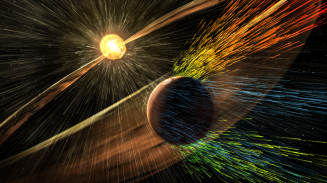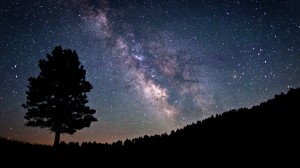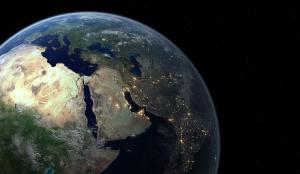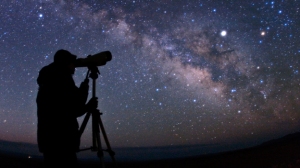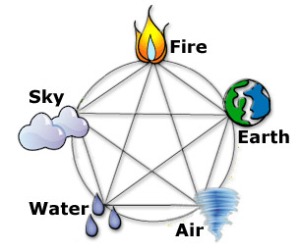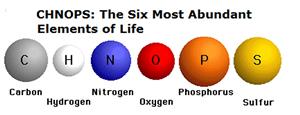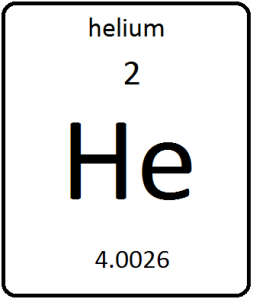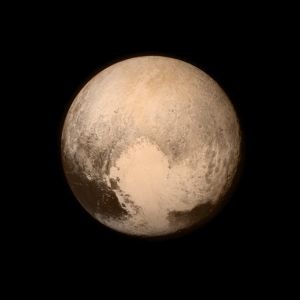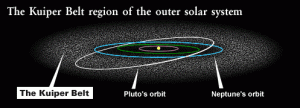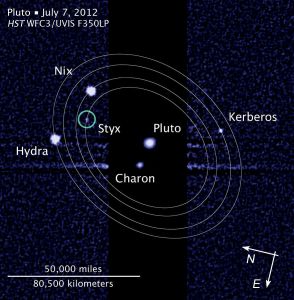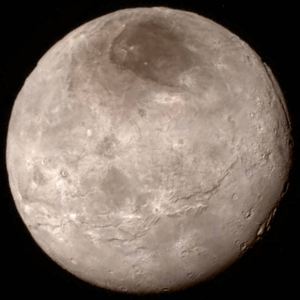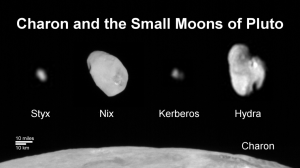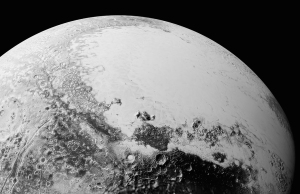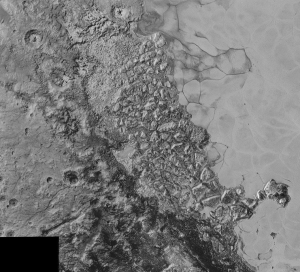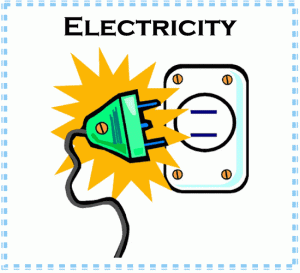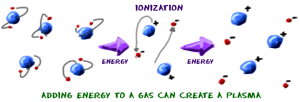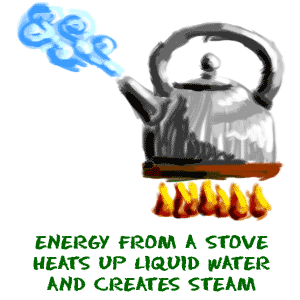Space is amazing and there’s a lot to wonder about it. Space is really vast and its vastness is incomprehensible to us. Below are some updated , incredible and awesome facts about space along with images and further i think you will find this article cool and interesting. Enjoy the post and do suggest me for betterment of posts and article.
1 ) Origin Of Earth’s Water :
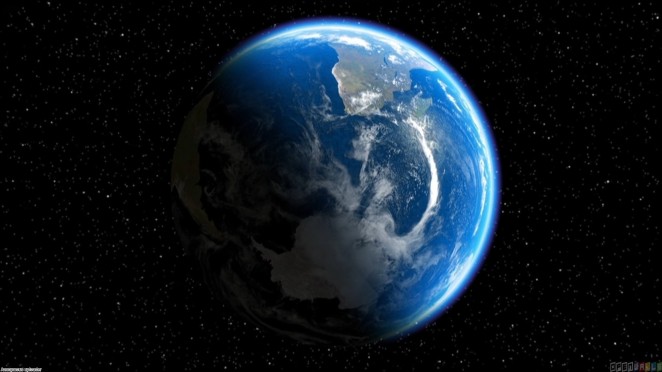
[Image Credit : http://pics-about-space.com%5D
Earth , the only planet supporting life. It is the only planet where water exists in all three forms i.e. Solid Liquid & Gas. About 70% of Earth is covered with water and this is the reason it is known as Blue Planet.
Do you Know Origin Of Earth’s Water is still unknown to us in complete sense. There are numerous hypotheses on how the water accumulated on the Earth’s surface over the past 4.6 billion years in sufficient quantity to form oceans.
2 ) Farthest Space Probe :
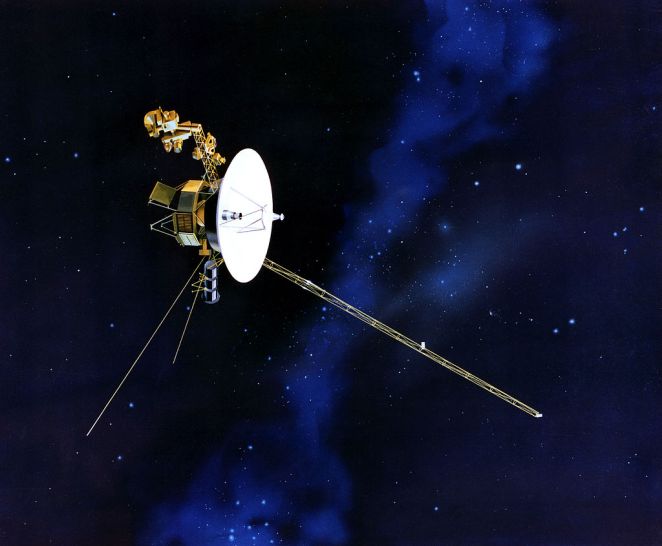
[Image Credit : https://en.wikipedia.org/wiki/Voyager_1%5D
Voyager 1 is the only space probe which has traveled beyond solar system and the only one in interstellar space. Launched by NASA on September 5, 1977 Voyager 1 is at a distance of about 134 AU (2.00×1010 km) as of winter 2016.
3 ) Star Approaching Towards Our Solar System :

[Image Credit : https://upload.wikimedia.org%5D
Gliese 445 (Gl 445) , an M-type main sequence star , is approaching towards our solar system at about 119 km/s (430,000 km/h; 270,000 mph). The star is currently 17.6 light-years from the Sun and is in the constellation named Camelopardalis, close to Polaris.
NASA’s Voyager 1 spacecraft, which is out of our solar system, is headed towards Gliese 445 and in about 40,000 years, Voyager 1 will be closer to this star than our own sun.
4 ) Liquid Water On Celestial Objects :
Apart from Earth which has water in all the three states , there are possibilities that other celestial bodies too have liquid water. Possible Planets and Moon’s possessing liquid water are :
Mars , Europa (Jupiter’s Moon) , Ganymede (Jupiter’s Moon) , Enceladus (Saturn’s Moon)
Apart from this there are numerous other star systems and extra-solar planets which may have liquid water as well as posses habitable zone.
5 ) Sunset On Mars :

[Image Credit : [http://www.universetoday.com]
Sunset on Mars taken by NASA’s Spirit Rover in 2005.Both blue aureole and pink sky are seen. Because of the fine nature of Martian dust, it can scatter blue light coming from the Sun forward towards the observer.
6 ) Average Distance Between Earth And Moon :
[ Image Credit : http://www.buzzfeed.com ]
Average distance between Earth and Moon is 384400 km. We can place all the planets of solar system within this average distance between earth and moon.
[ Image Credit : http://www.universetoday.com ]
7 ) Earth’s Image From Edge Of Solar System :
[ Image Credit : http://www.dailymail.co.uk ]
As discussed earlier Voyager 1 is the farthest space probe sent from earth and as a result of which we have got an image of Earth from edge of the solar system. This tiny dot, amid a band of coloured rays, is our planet, as seen from staggering distance of 11,100,000,000 miles away, and pictured in 1990.
8 ) Most Distant Object Seen By Naked Eyes :
Andromeda Galaxy is the most distant object you can see with your naked eyes, two million light years away. It is visible as a dim, fuzzy star from a dark sky site.
Now is the time to look some spectacular images of different countries and continents in night from space.

[Image Credit : http://www.telegraph.co.uk%5D
World At Night :
Europe :

[Image Credit : http://www.telegraph.co.uk]
African Continent :

[Image Credit : http://www.telegraph.co.uk]
Australia :
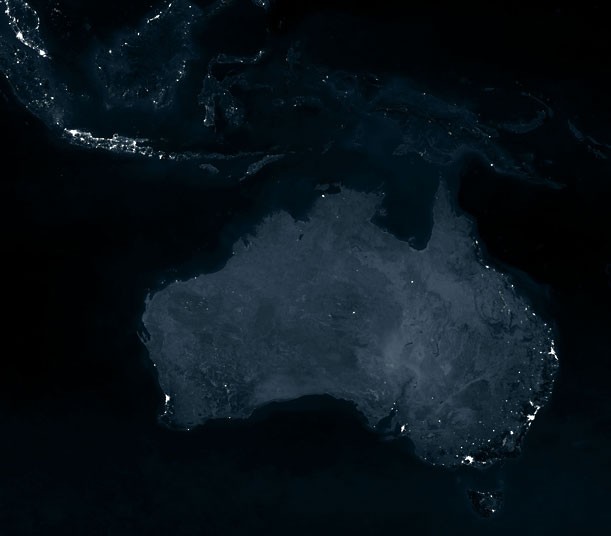
[Image Credit : http://www.telegraph.co.uk]
USA :

[Image Credit : http://www.telegraph.co.uk]
Japan And Eastern China :

[Image Credit : http://www.telegraph.co.uk]
South America :
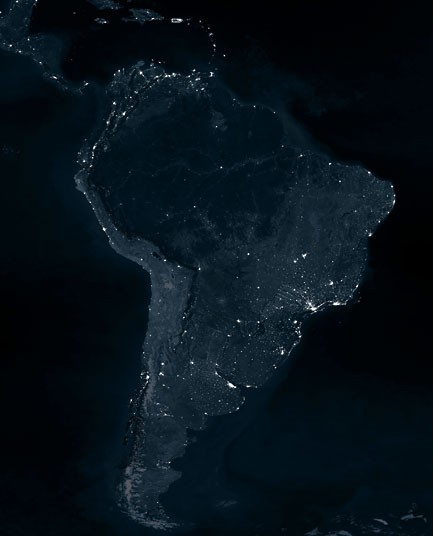
[Image Credit : http://www.telegraph.co.uk]
Middle East :

[Image Credit : http://www.telegraph.co.uk]
Russia :

[Image Credit : http://www.telegraph.co.uk]
Indian Sub-continent :
[Image Credit : http://www.telegraph.co.uk]
So This Is Space And There’s Lot And Lot To Wonder About It. We Know Space Is Vast , But Don’t Know How Much Vast , But One Thing We Know Is It’s Beautiful. Enjoy Reading……
[Content Source : http://mashable.com , http://www.telegraph.co.uk , http://www.buzzfeed.com , https://en.wikipedia.org , http://www.universetoday.com , http://www.space.com , https://www.nasa.gov%5D






